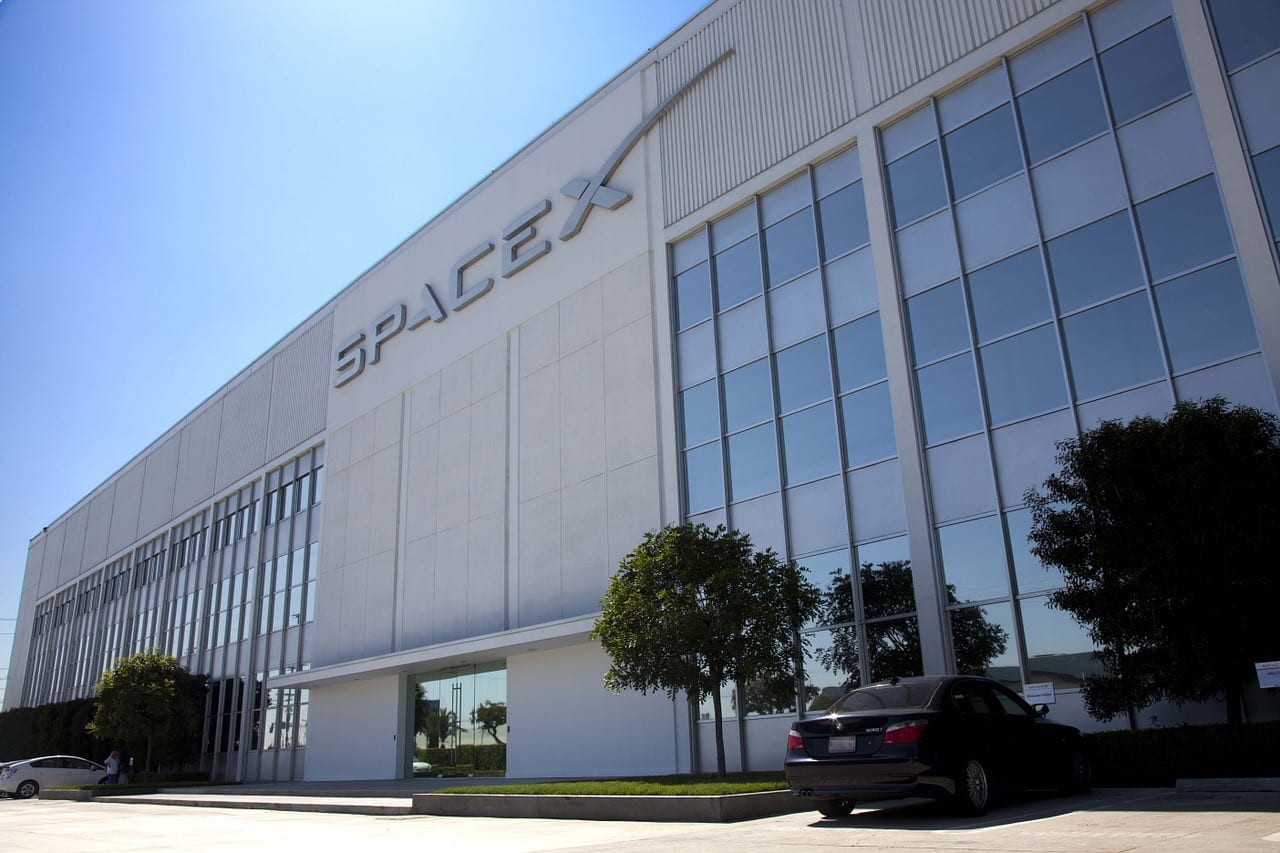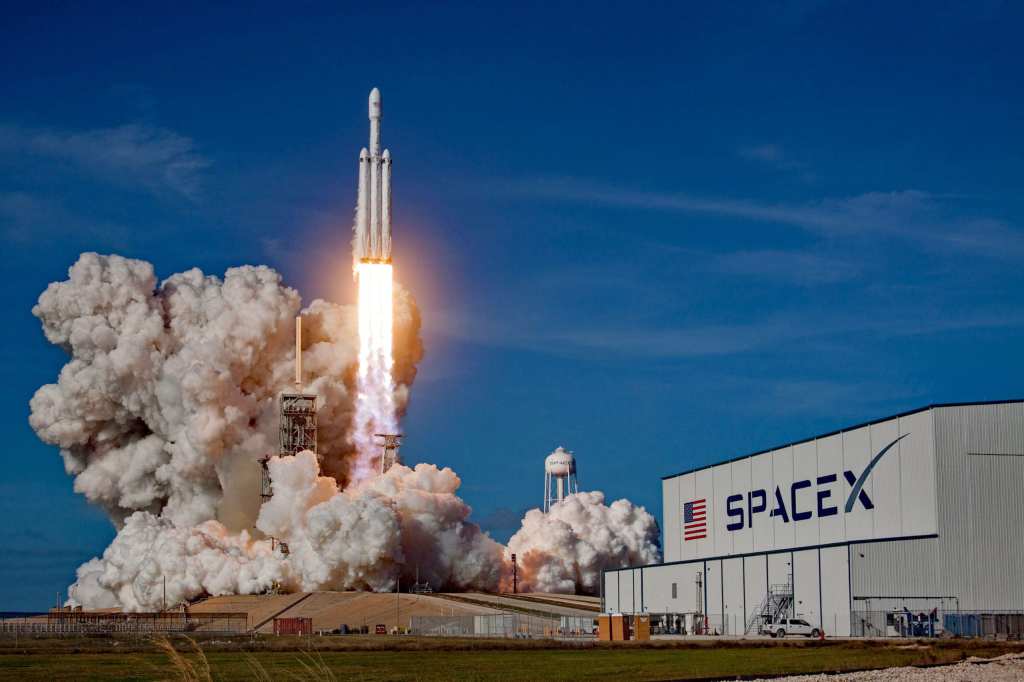After SpaceX engineers perfected the parachute system for their Crew Dragon spacecraft, they set their sights on aceing the final test that would earn a NASA seal of approval–sending a pair of astronauts into space and bringing them back safely to Earth.
NASA astronauts Bob Behnken and Doug Hurley will soon be launched in the Crew Dragon to the International Space Station from Florida’s Kennedy Space Center. While the small crew will work on important scientific tasks, the main mission is the certification.
SpaceX president Gwynne Shotwell said during a press conference,
“Most of our human certification is being completed with this mission. We’re doing this to wring out the system. This is a test mission.”
The last time NASA certified a spacecraft was in 1981 for the space shuttle. Since the program ended in 2011, American astronauts have taken seats on Russian rockets for transport to the International Space Station. SpaceX and Boeing were awarded contracts to develop new space transportation way back in 2012 and it has taken this long to almost seeing full NASA approval.

Photo Credit: Wikimedia
The first step in the certification journey was a review of all proposed designs. NASA had specific requirements, but the design concepts were left to the partner engineers. The idea was that NASA would certify based on identifying the purpose of the vehicle and if it met fundamental needs. Partners also had to propose what methods they would use to test each need component. For example, SpaceX carried out an in-flight abort test, while Boeing used simulators.
But testing whether or not the vehicles can reach the ISS is non-negotiable. Both SpaceX and Boeing must complete one non-crewed and one crewed mission each. SpaceX passed their non-crewed voyage, called Demo-1, while Boeing is working to resolve a timer issue.
Crew Dragon’s mission with Behnken and Hurley on board is the final test for team SpaceX.

Photo Credit: Needpix
Steve Stich, the deputy manager of NASA’s commercial crew program, said during a press conference,
“We got a great check-out of the whole spacecraft on Demo-1. But this time, we’re going to check on the life support systems, the spacesuits, the display system, and many other systems that Bob and Doug will need to live and work inside the Dragon on the way to the Space Station.”
One of the tasks the crew will have is to take the controls off auto-pilot right before they dock at the ISS to do some basic maneuvers and orient the craft. This will also show that crew can manually control the vehicle in the event of auto-pilot malfunctions. There will also be system tests run from mission control and by the astronauts while in orbit.
After a few months at the ISS, Behnken and Hurley will return, and data will be turned over to NASA for a final analysis. If everything passes, then SpaceX will start the business of transporting NASA astronauts and paying passengers to the ISS.

Photo Credit: GoodFreePhotos.com
The certification process takes years and is understandably rigorous, but it’s important that each project engineer feels personal responsibility for the safety of everyone who will be using the capsule.
It’s a big order for everyone involved, but NASA commanders have expressed their faith in SpaceX and are looking to learn everything they can from Dragon’s last test mission.






